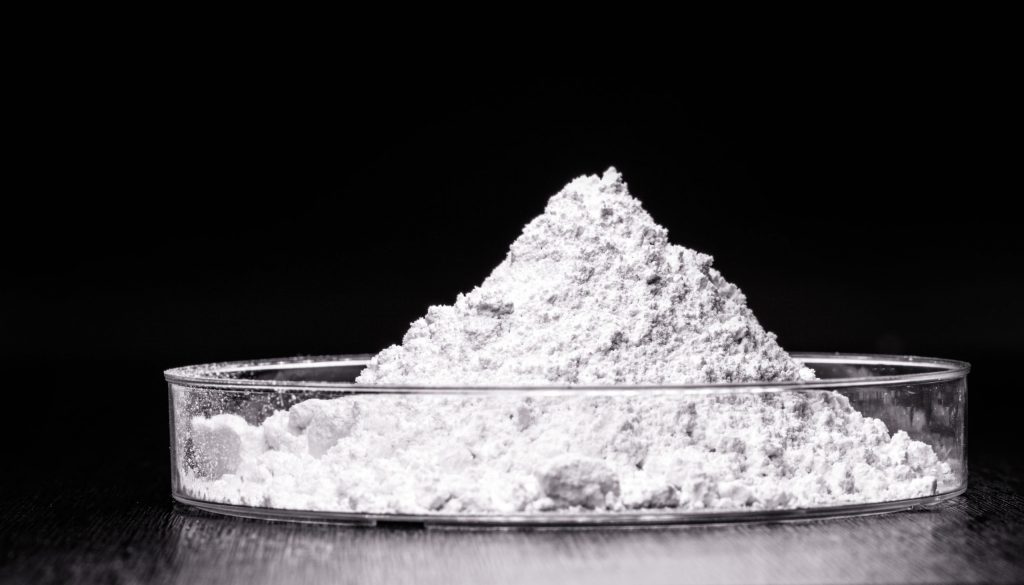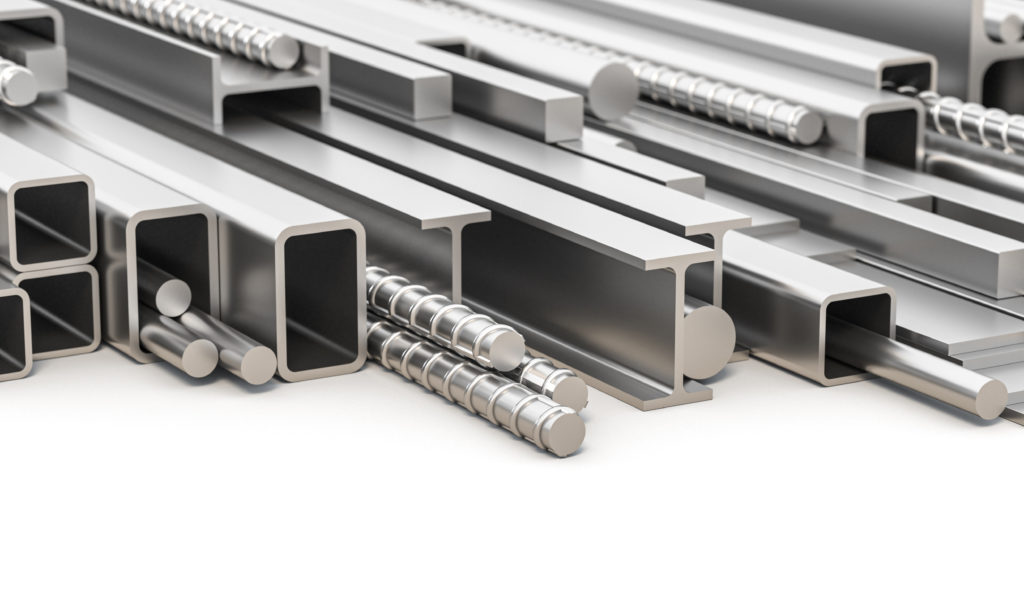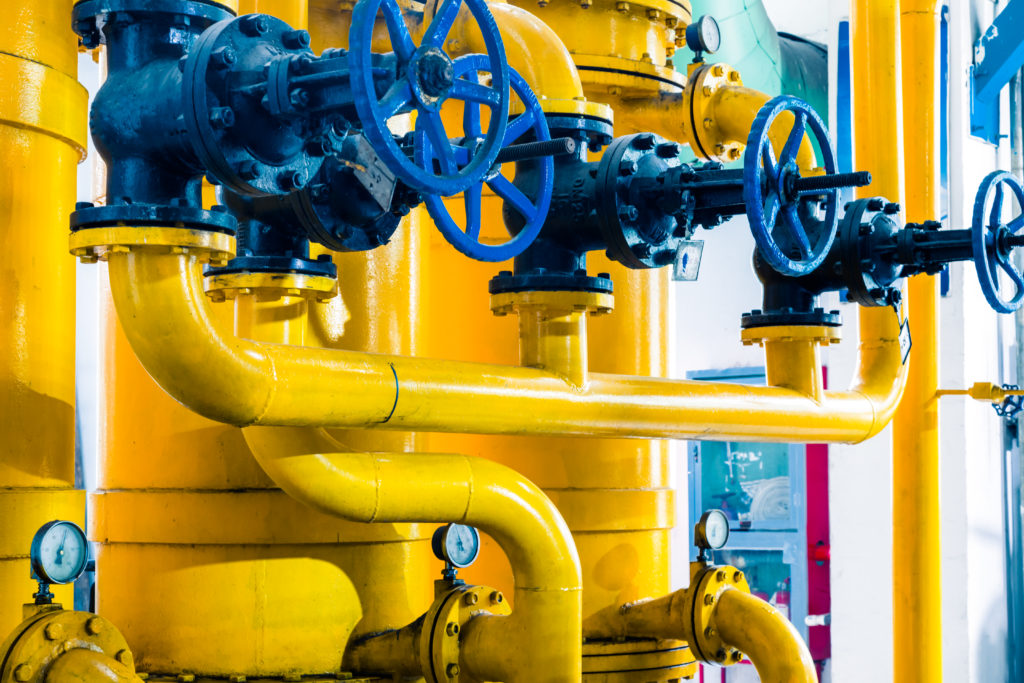Zinc Chloride
Tradeasia International Pte. Ltd. established in 2002 and is headquartered in Singapore is a global chemical supplier and trading organization providing integrated chemical procurement services with a level of certainty and trust, which makes Tradeasia stands unique. It was setup with the sole intention of carrying out chemical distribution services especially to commodity industries in many parts of the world.

Overview
Zinc chloride is an inorganic salt of zinc with a granular solid appearance. Providing excellent purifying ability as well as excellent catalytic activity, zinc chloride is commonly used as a metallurgical flux and catalyst or supporting accelerator in several industries. As for the electrical-related application, besides the well-known lithium-ion battery, zinc chloride battery is also available due to its low cost, low energy consumption, and longer shelf life. Zinc chloride is available in anhydrous and hydrated forms.
Applications

Metal and Steel
Zinc chloride acts as a flux or purifying agent for the soldering process to expose the clean metal surface by dissolving the excess oxides on the metal surface.

Rubber
Zinc chloride is utilised as a supporting accelerator for the rubber vulcanization process.

Textile
Concentrated zinc chloride is used as a solvent for natural polymers which are used as raw material or additives in textile.
Manufacturing Process
Anhydrous and hydrated forms exist for zinc chloride. By using a chemical reaction, zinc chloride can be obtained through the reaction of zinc carbonate, zinc oxide, zinc sulphide, or zinc metal with hydrochloric acid
Zinc with a zinc content of approximately 99.5% is fused into liquid in a reactor with the liquid silicon tetrachloride, followed by the addition of hydrochloric acid to embed the chloride ion into zinc.
Evaporation is conducted by supplying inert gas such as nitrogen or argon with greater than 98% purity and heating toward the reactor is applied to remove excess hydrochloric acid. The nitrogen or argon supplies are stopped when the reactor is no longer showing acidity signs. In this process, zinc chloride is still existed in a steam form.
To obtain the solid zinc chloride or zinc powder, the heating is stopped and zinc chloride steam is passed to the solid collector and simultaneously being cooled or deposited in the solid collector system until the zinc powder is obtained due to decreasing temperature.

